Impact of Open Communication on Workplace Discrimination Report
VerifiedAdded on 2022/11/25
|11
|528
|425
Report
AI Summary
This report delves into the critical issue of workplace discrimination and the vital role of open communication in mitigating its negative impacts. The report begins by defining workplace discrimination and highlighting its nature as a 'wicked problem,' leading to various adverse consequences. It then presents a personal experience of workplace discrimination based on nationality, emphasizing the emotional and professional toll it takes. The narrative underscores how open communication with a team leader provided essential guidance and support, ultimately leading to a positive outcome. The report emphasizes that a culture of open communication within an organization is key to addressing and resolving discrimination issues. The report concludes by reaffirming the importance of open communication as a tool for creating a more inclusive and supportive work environment, drawing on relevant academic literature to support its arguments. The report highlights how fostering open communication can create a more inclusive and supportive work environment for all employees.
1 out of 11
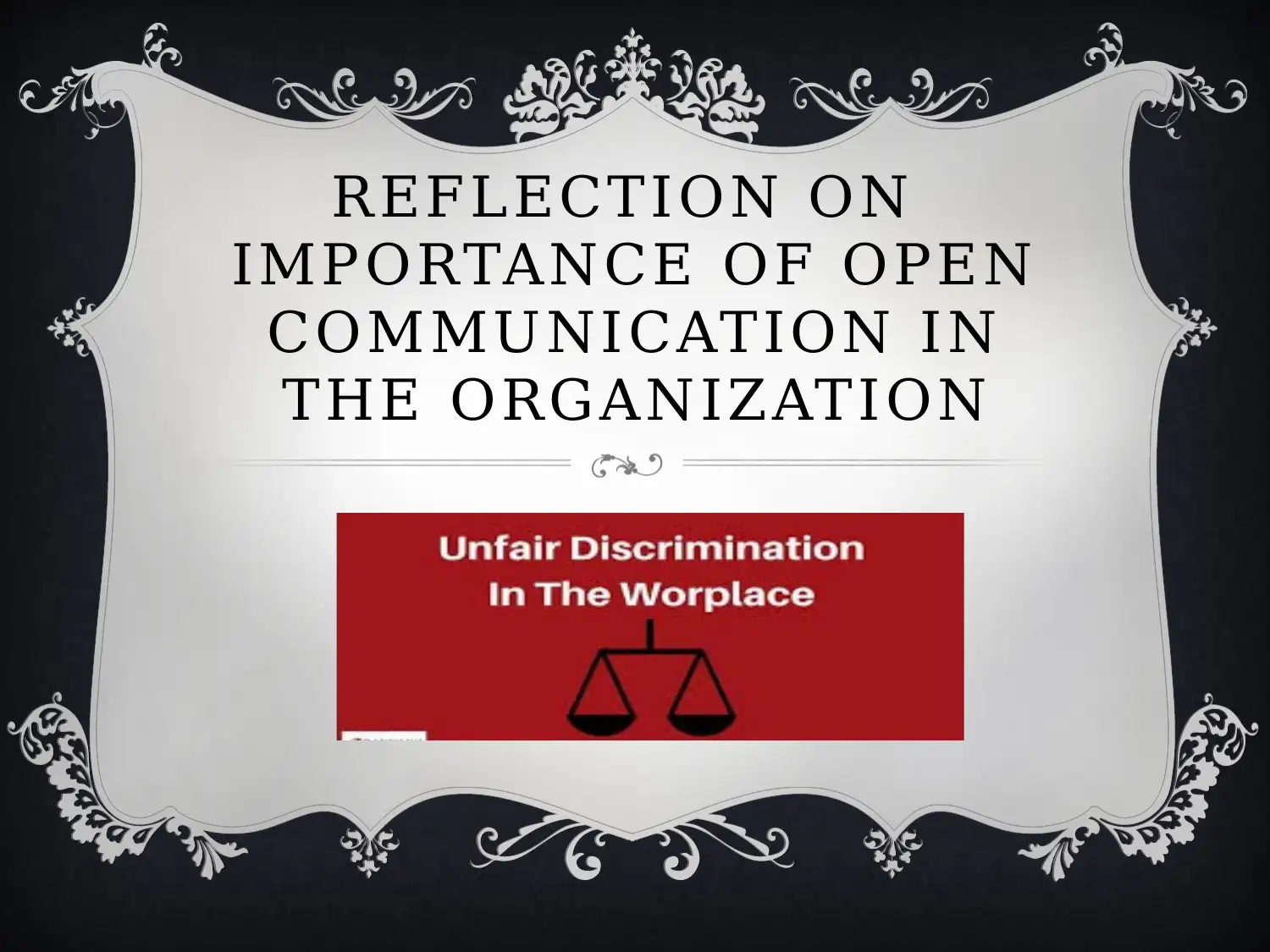
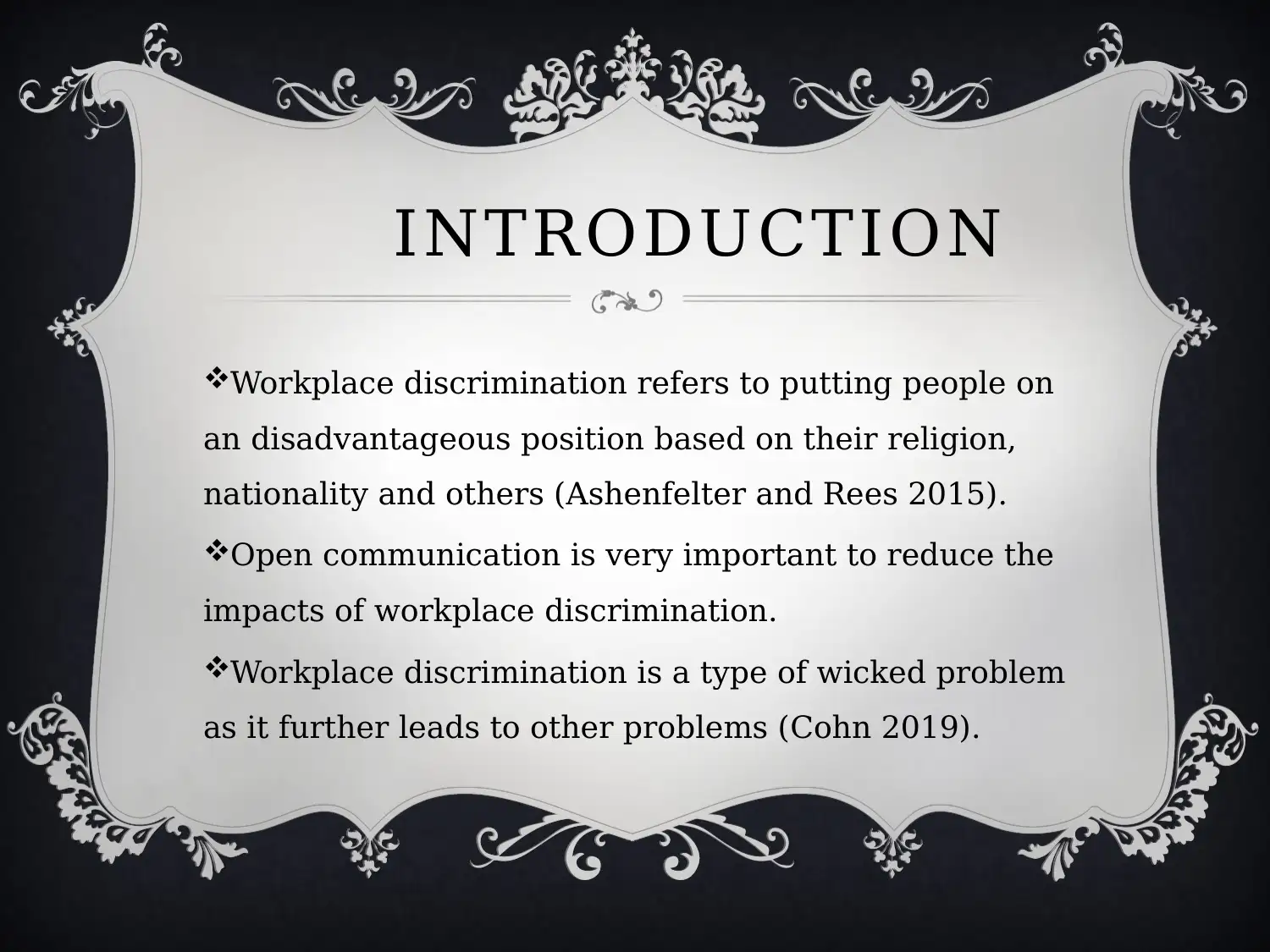
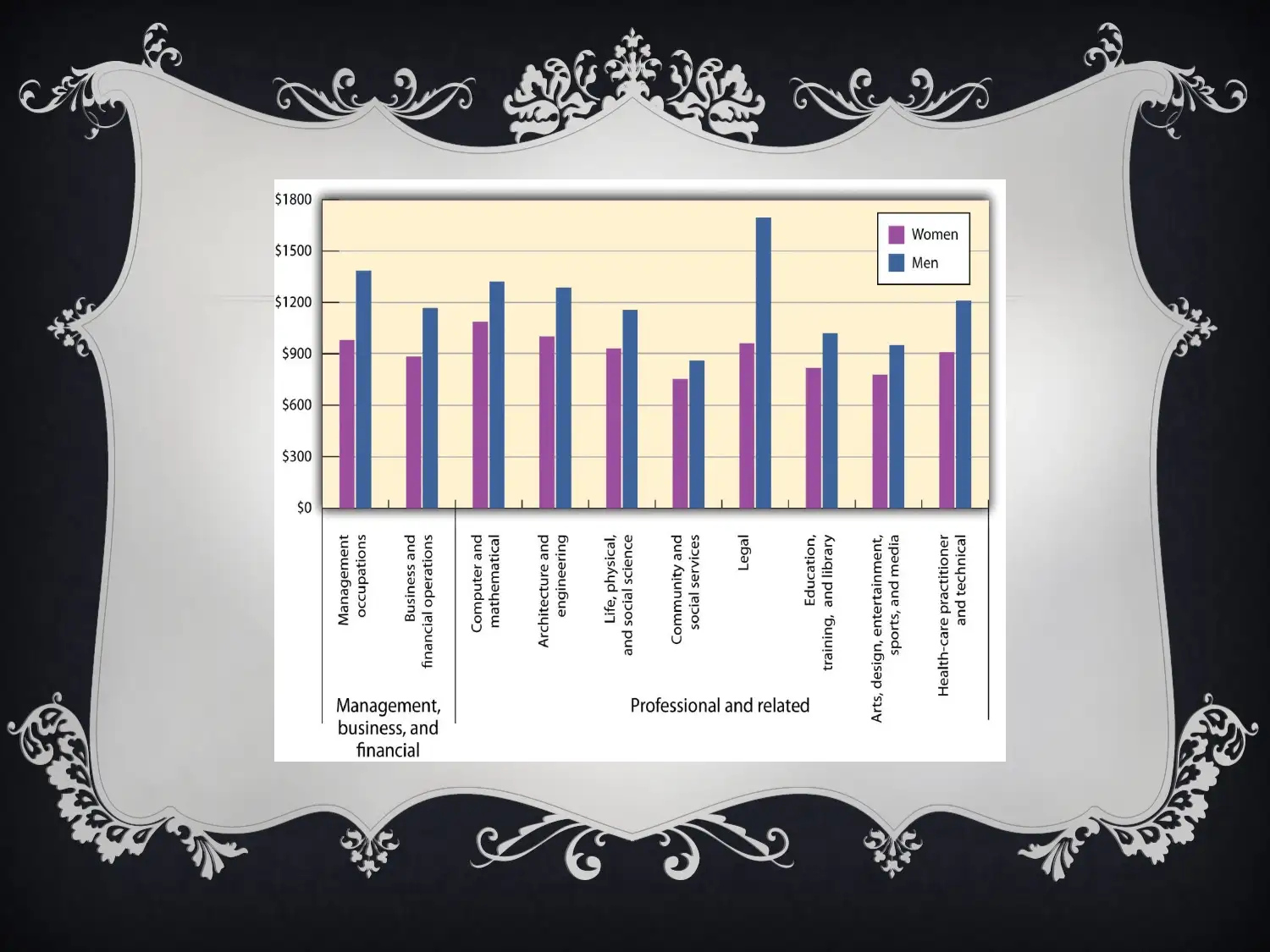


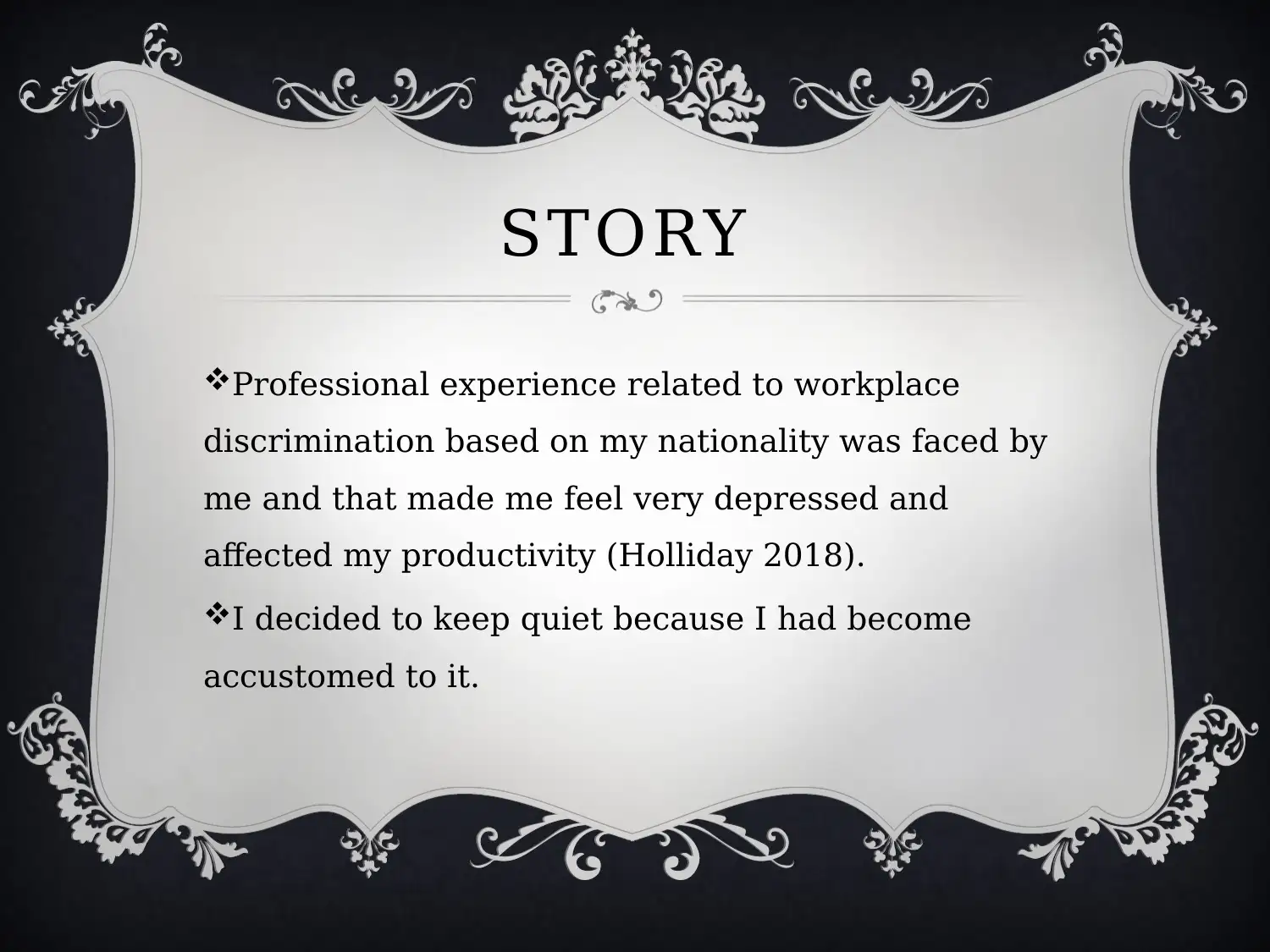
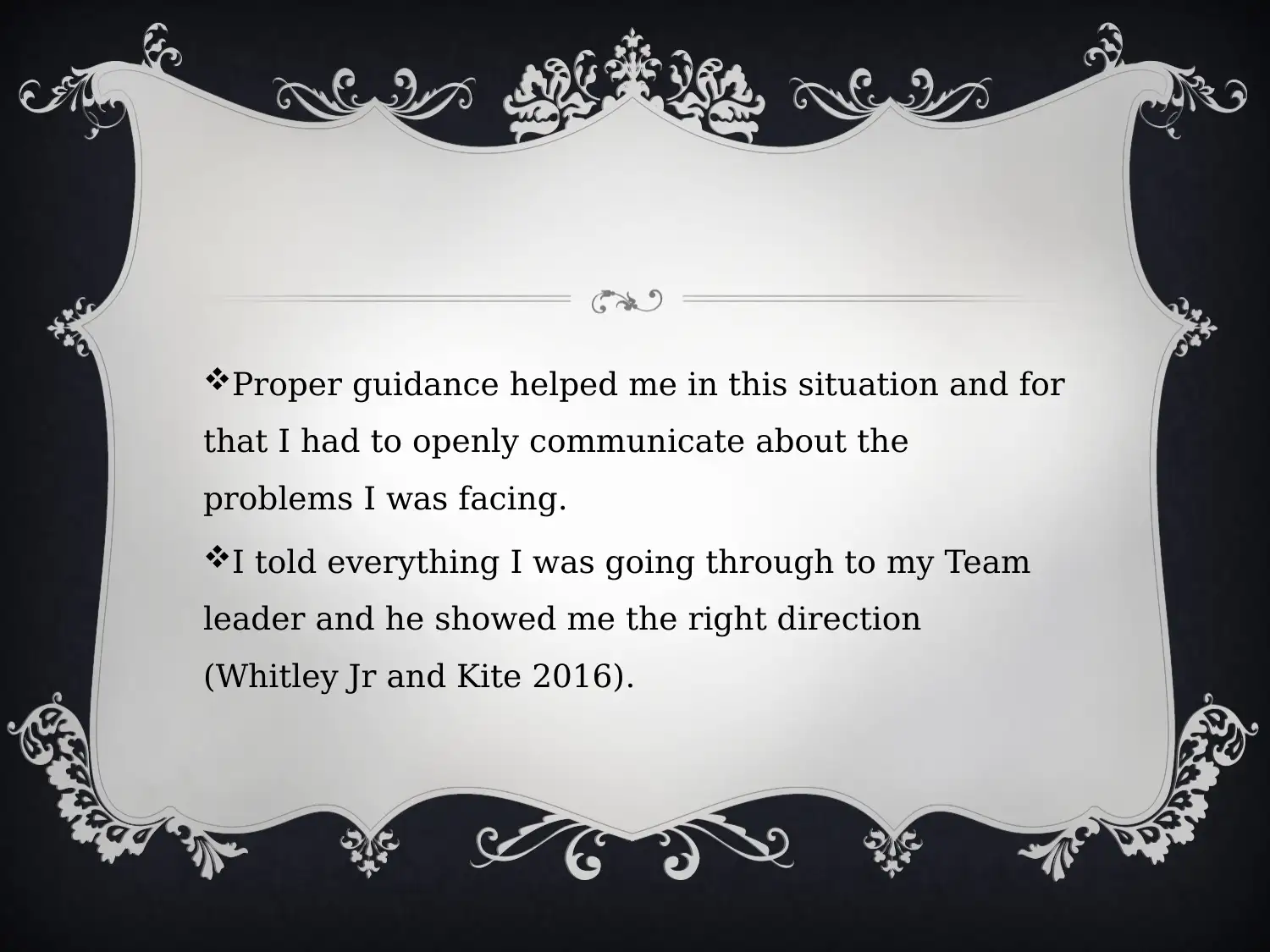
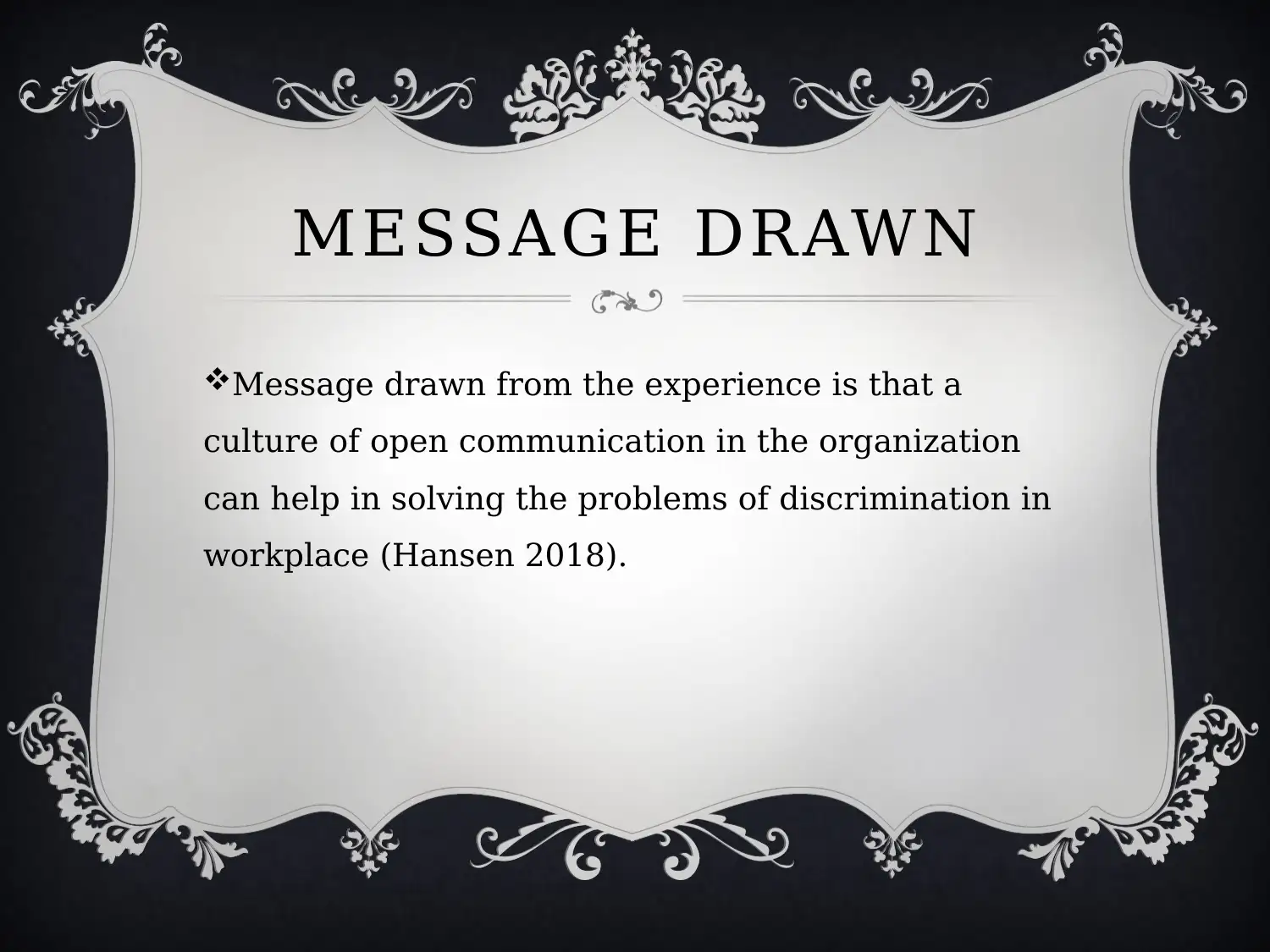
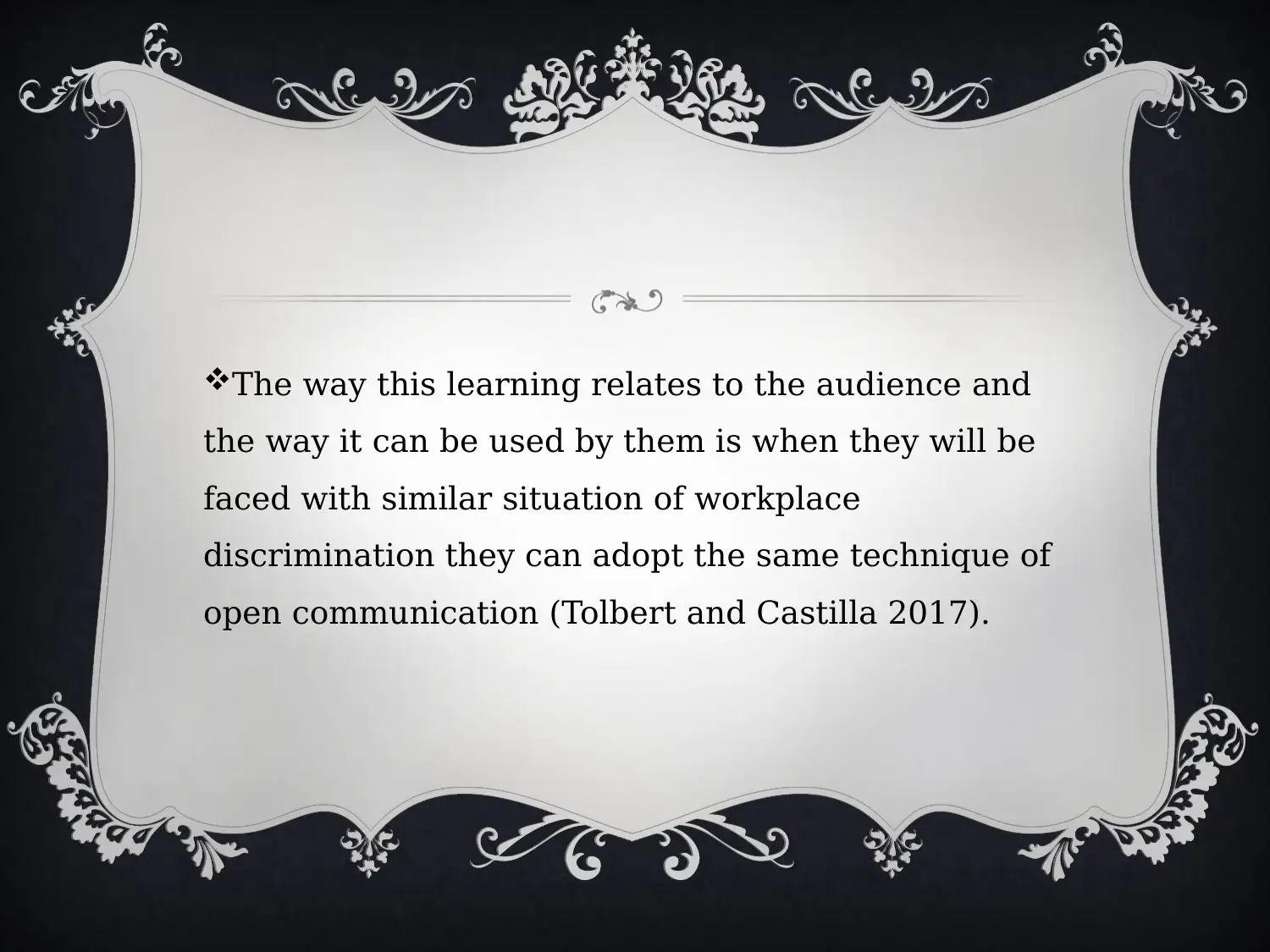
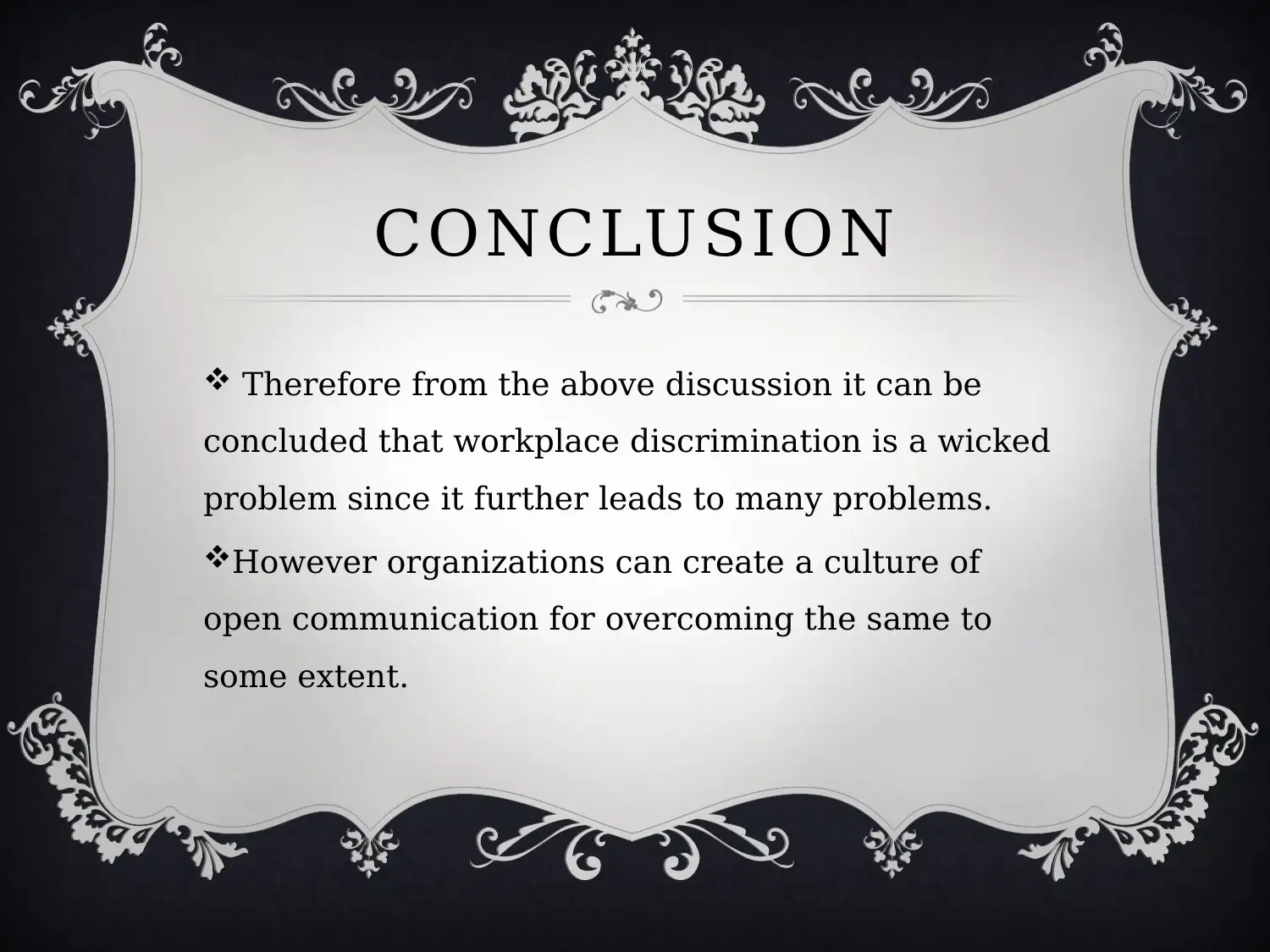
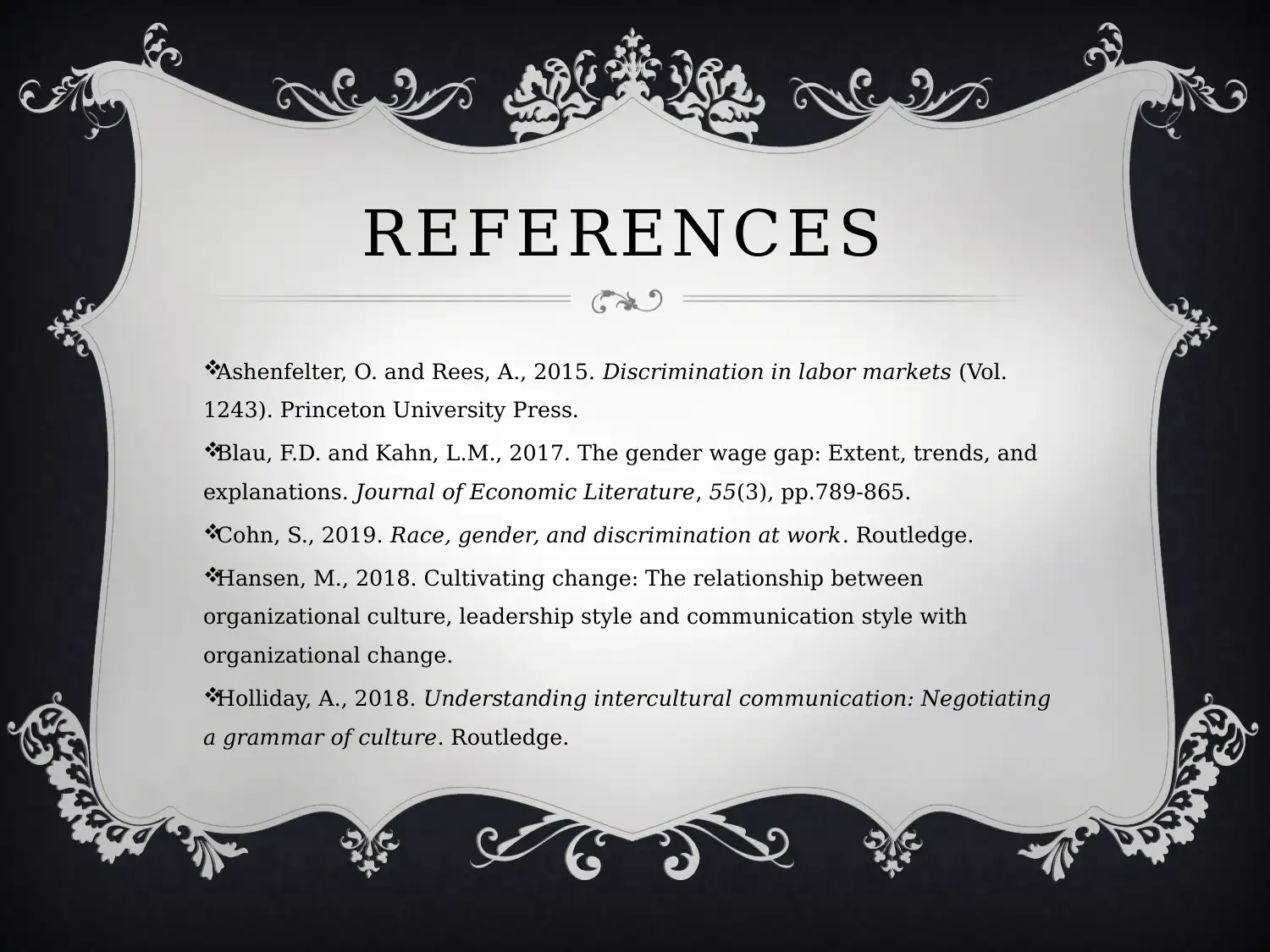

![[object Object]](/_next/static/media/star-bottom.7253800d.svg)